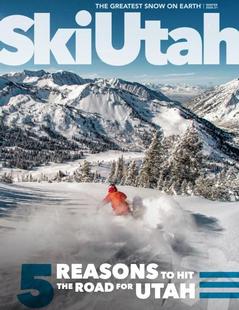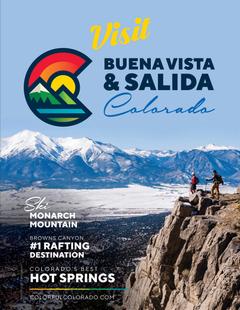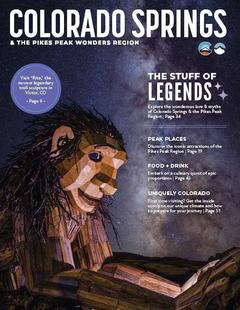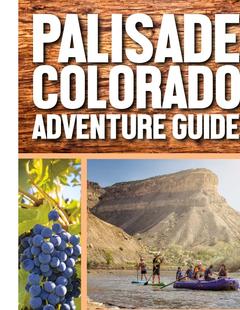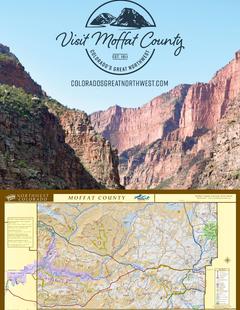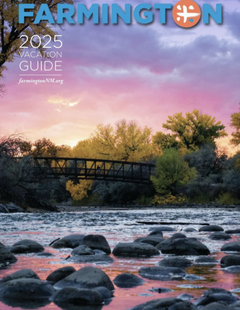Description
With an elevation that ranges from 8,000 to over 14,000 feet across a rugged stretch of the Continental Divide, Rocky Mountain National Park has a climate as diverse as its topography. In fact, on a bone dry day at Estes Park, east of the Divide, you might well find rain or even snow around Grand Lake, west of the Divide, where the climate tends to be decidedly damper. Weather systems aside, this park is a stunner year-round, so don’t let a bit of inclement bluster keep you away, no matter the season.
When it comes to weather, it’s winter one might think would keep crowds at bay. But for savvy travelers, snow, heaviest west of the Continental Divide, can mean a prime opportunity to do some snow shoeing or cross country skiing in this undeveloped paradise. Since snow is much lighter on the east side of the park, it’s often possible to enjoy winter hiking along low elevation trails, though it’s always a good idea to consult park rangers for the latest on potential avalanche risk.
Thanks to the varied elevation, you might find spring in a low altitude meadow while snow still blankets higher peaks. Between mid-March and late May, look for park forays to reveal the first wildflowers of the year as well as flittering bluebirds and watchful raptors nesting on Lumpy Ridge.
Bright patches of wildflowers soften the rocky contours of Rocky Mountain National Park during the months of June and July, a colorful start to the park’s busiest season. All roads and trails are usually open by this point, though you can expect to find more people on hand to share them with. Looking for ways to spend your stay? Definitely put hiking on your list, but also consider biking, fishing, horseback riding or even back country camping (ideal for those weekends when campgrounds are full by Thursday).
Cooler, shorter days signal the start of autumn in these parts. With many trails snow-free in to November, the months of September and October can be accessible stunners. Elk are in rut and provide dramatic entertainment of the wild sort, cast into dramatic relief against a backdrop of brilliantly yellow aspen (and the bustling throngs are mostly gone to boot). For a truly telling glimpse of Rocky Mountain National Park though, you’ll want to come not once a year but once a season, the best way to learn this picturesque park’s secrets for yourself.















